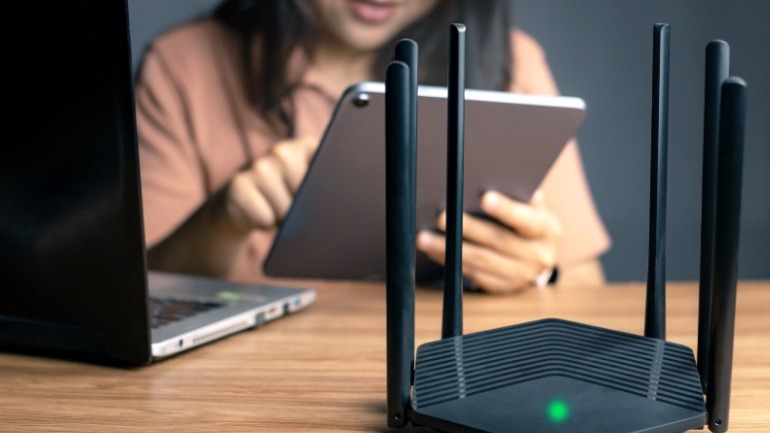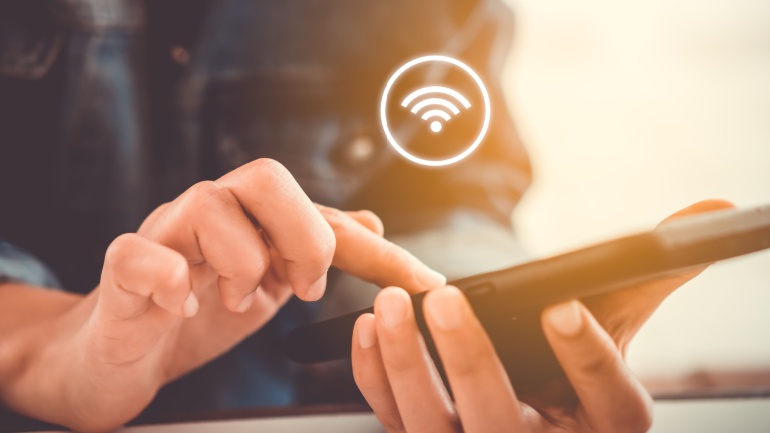Discover how Internet Service Providers in the UK are transforming with value-added services to stand out in the competitive market. VoIP services, cloud gaming optimization, and cybersecurity tools are enhancing consumer experiences. Stay informed on the latest VoIP trends and how these innovations are reshaping internet services.
Ofcom has introduced new regulations mandating that internet service providers (ISPs) clearly state whether their broadband uses full-fibre, part-fibre, copper, or cable networks. This aims to eliminate confusion among consumers by providing transparent information on network technologies. By making informed comparisons, customers can better choose the right internet services.
The Affordable Connectivity Program (ACP), a lifeline for millions of low-income Americans struggling to afford internet access, has officially shut down. Despite bipartisan support, Congress failed to secure additional funding, leaving the future of the program uncertain.
The move towards net neutrality took a noteworthy leap after a unanimous vote at the FCC session. This progressive policy asserts an equal playing field for all web content by banning ISPs from blocking or charging premiums for site delivery.
Come April 10, as Federal Communications Commission’s new rules take effect, ISPs with over 100,000 subscribers will have to display ‘nutrition’ labels detailing broadband plans. These labels will reveal data about costs, speed, privacy, and more – boosting transparency. However, this also poses administrative challenges for ISPs, especially when changes occur.
Ofcom’s Cristina Luna-Esteban has recently criticized renowned UK ISPs including BT, Sky, TalkTalk, and VMO2, regarding delays in finalizing a launch date for the One Touch Switching (OTS) system. This creates a dilemma, as extended delays restrict consumers from accessing easy and simplified ISP switching. OTS, initiated by Ofcom to streamline provider switches, experiences technical complexities pushing its initial deadline, causing a concern echoed by Ofcom’s Lindsey Fussell.
Comcast says voice and video calls have skyrocketed 212 percent during widespread self-isolation Comcast Corporation, a global media and technology company, has announced that voice and video calls have more than tripled on its network since people across the US started working from home due to the COVID-19 outbreak. According to the company, traffic in this category has increased by 212 percent in total, while overall peak traffic on its network has grown by 32 percent. Tony Werner, Comcast’s tech leader, said that the additional traffic is “well within the capabilities of the network,” and despite the increases in usage, the company’s network is working just fine. Read more at https://tinyurl.com/skncjow Zoom freezes feature development to fix security and privacy issues Over the past few weeks, the Zoom video conferencing app has been widely used for personal and business online meetings during the coronavirus lockdowns around the world. According to the…










